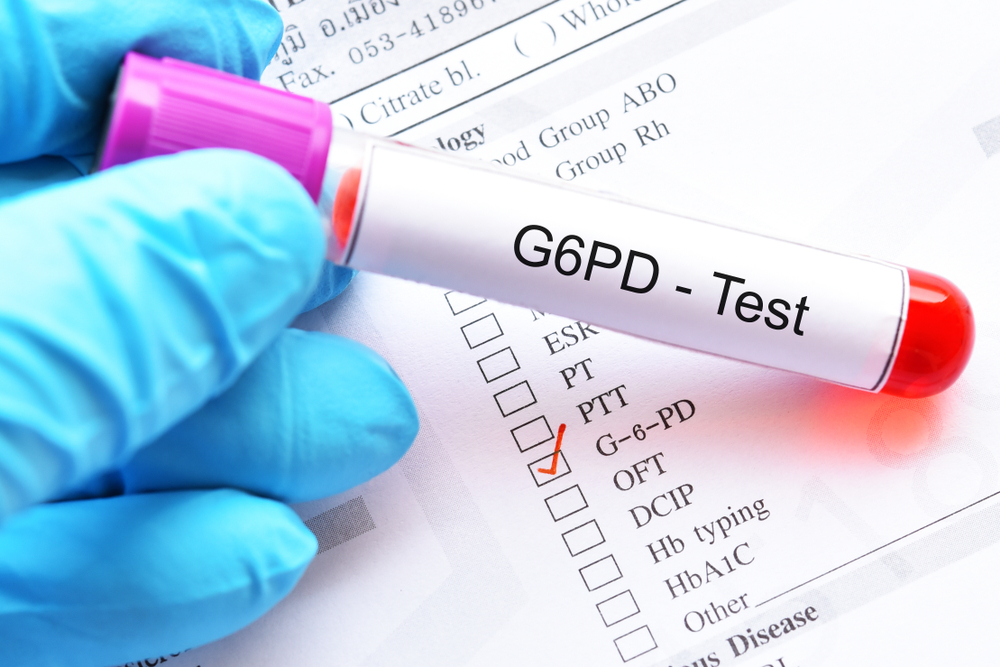G6PD deficiency refers to a genetic disorder or in which the red blood cells break down when the body is exposed to certain drugs, foods, stress, or infections. It happens when the person’s body does not have enough levels of an enzyme called glucose-6-phosphate dehydrogenase. This enzyme is vital in how the red blood cells will work properly.
According to the G6PD Deficiency Organization, over 5% of the world’s population is affected by the disease. It has also been considered as the most prevailing hereditary enzyme deficiency in the world. And if a person is an African American, Middle Eastern descent, particularly Kurdish or Sephardic Jewish, has a family history of the deficiency and a male, he or she can more likely develop the condition.


